

Game Rant’s Jason Weissman reviews Child of Eden
As a result of our hands-on impressions, we here at Game Rant wondered whether Q Entertainment’s latest effort, Child of Eden, would be able to provide a deep entertainment experience for more than a few minutes at a time. Despite this reservation, I was looking forward to reviewing Tetsuya Mizuguchi’s newest creation.
Two of his previous titles, Space Channel 5 and Rez were personal favorites of mine and and very few developers have been able to integrate music with action better than Mizuguchi. With Ubisoft’s expertise in utilizing the Kinect, the possibility for a truly innovative experience seemed like a good bet. Unfortunately, while Child of Eden certainly provides for a unique and challenging ride in short intervals, it doesn’t quite reach the level of audiovisual Nirvana.
The narrative of Child of Eden is awfully thin, which is laid out in a few introductory paragraphs. The game takes place in the 23rd Century where today’s Internet is now referred to as the titular “Eden.” Human history is stored within Eden and provides knowledge of Earth to those who have never set foot on their homeworld. Scientists decide to recreate the persona of a young girl named Lumi inside of Eden. During the process, a virus threatens to destroy Lumi’s presence, and gamers must act to eliminate the virus.
Why do scientists want to project the essence of a young girl into Eden? Lumi, who was born in the International Space Station on September 11, 2019, apparently never set foot on Earth during her lifetime, but dreamt of doing so. While alive, she projected her feelings through song to the people of Earth. Upon Lumi’s death, her body was preserved and her memories were archived as data, which is why they are available for “Project Lumi.” It’s all very new age-y.
The story is almost immaterial here as the real star of Child of Eden is the amazing artistry on display. The “virus” is represented visually by Earth creatures and other fantastical objects that need to be “purified.” The player generally has two options: a lock-on laser that can take out up to eight targets at a time and the slightly weaker Tracer, which is a rapid-fire weapon. As you take out each onscreen object, a musical note is produced, allowing the player to directly affect the musical background of the game. Manage to destroy eight targets with the lock-on laser to the beat of the music, and you’ll score a multiplier. Raise both hands and you unleash a screen-clearing Euphoria attack, provided you have acquired a payload.
The mesmerizing visuals combined with the thumping J-Pop soundtrack of the game offer a psychedelic trip that is not often seen in conventional gaming. The fact that it still somehow remains accessible to the casual player is a testament to the simple control scheme used. Speaking of which, the implementation of the Kinect is effective for the most part. Aiming at targets with your hands works incredibly well and I found it to be much easier to hit targets than with the standard controller. This may just be the first game where the Kinect is the superior input device.
As beautiful as Child of Eden is, there are some fundamental flaws that hold it back. As stated above, the Kinect generally works well, but does fail the player at times. Changing weapons can be difficult since you have to switch hands cleanly. Raise your non-shooting hand away from your side, and the cursor on screen may cause the camera to fly off center. When you use the Euphoria weapon by raising both hands, the camera typically flies upward in a disorienting manner.
Using the controller makes it much easier to switch between weaponry, but the aiming features are noticeably more sluggish than using your hands with the Kinect. No matter which control scheme you use, the camera will inevitably frustrate as it does not show every incoming enemy missile onscreen, and locating these off-screen projectiles can be difficult when the camera fails to shift quickly enough.
In the end, Child of Eden is a pretty rail shooter that can be completed in under two hours – and doesn’t really offer much replayability. No matter how stunning the visuals, most will find that $50 is a steep price to pay for such a short game.
Even with its flaws, Child of Eden is a Kinect game that has the ability to “connect” with both the casual and hardcore crowd. If you have a Kinect and have been unhappy with the initial offering of titles, Child of Eden is definitely worth renting or picking up once it is discounted. Unless you are a Tetsuya Mizuguchi fanatic, however, it’s hard to recommend paying full price for such a brief affair – especially if you plan on playing with the standard controller.
Child of Eden is currently available on the Xbox 360 and is scheduled for release on September 30, 2011 for the PlayStation 3 and Move.

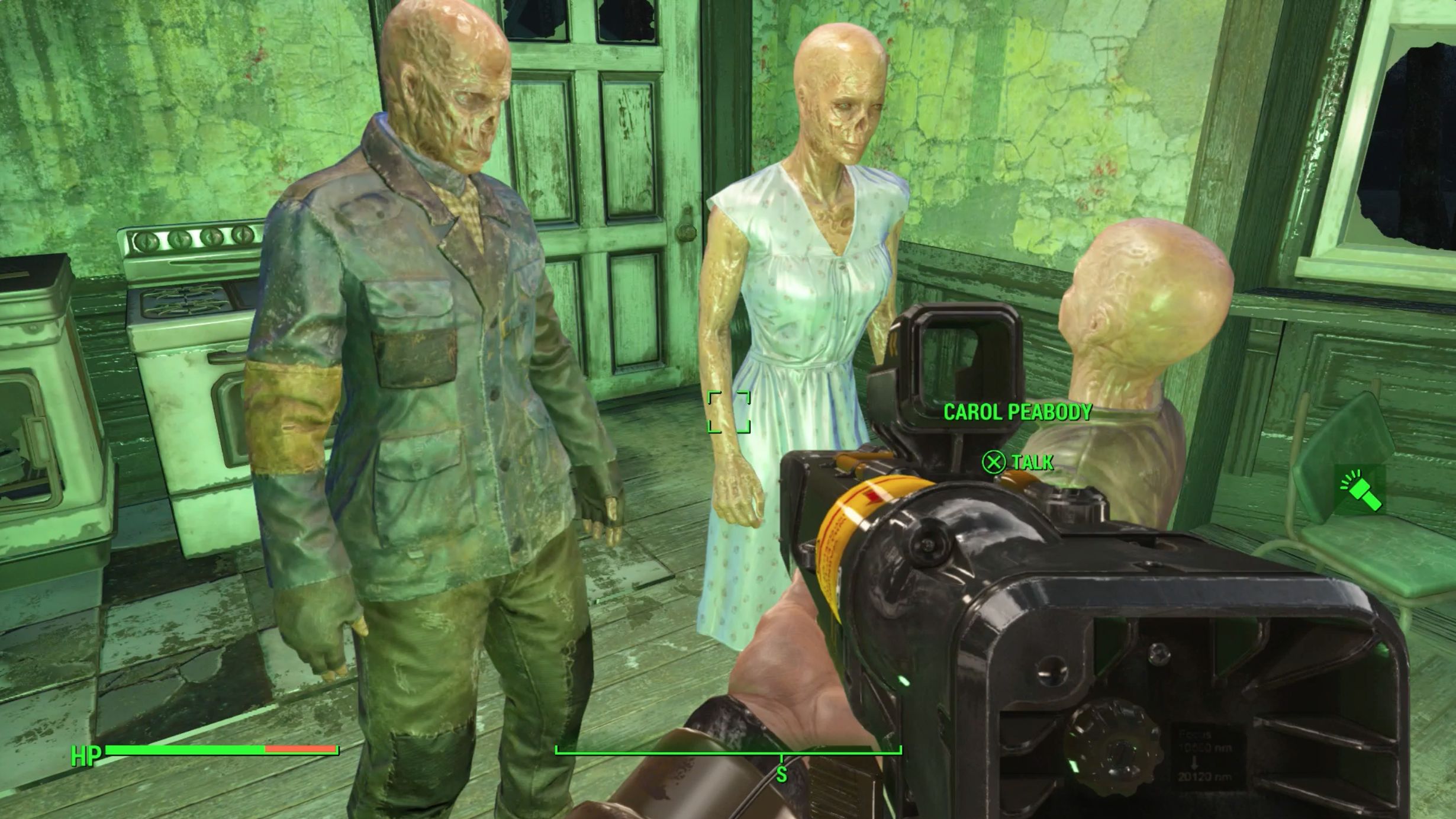
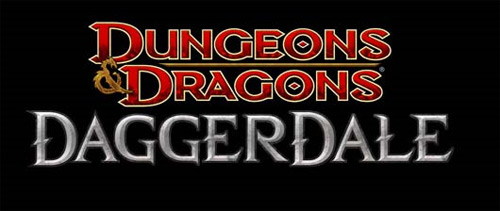

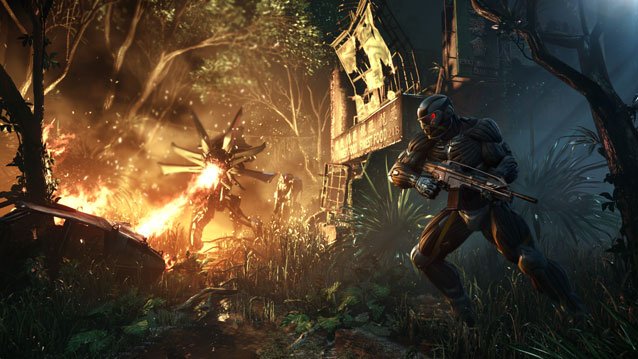 Crysis 3 Enemy Combatants Guide | Cheat Sheet
Crysis 3 Enemy Combatants Guide | Cheat Sheet Mass Effect: Andromeda Wiki – Everything you need to know about the game .
Mass Effect: Andromeda Wiki – Everything you need to know about the game .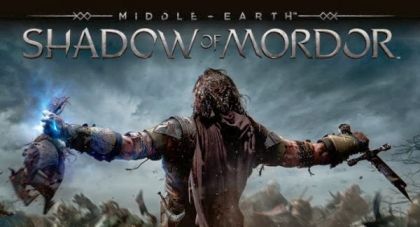 How to Upgrade Middle Earth Shadow of Mordor The Eye of Vengeance, There is no Escape, Shadow Under Siege and more Bows, Weapon Upgrade Guide
How to Upgrade Middle Earth Shadow of Mordor The Eye of Vengeance, There is no Escape, Shadow Under Siege and more Bows, Weapon Upgrade Guide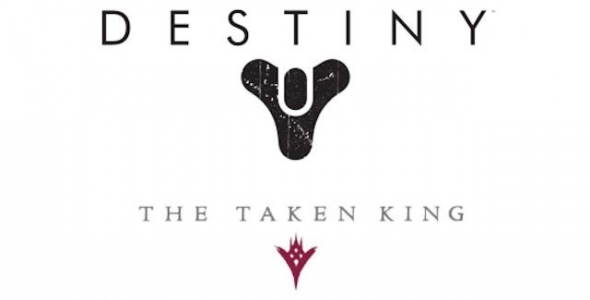 Destiny: The Taken King - How to use and charge the Agonarch Rune
Destiny: The Taken King - How to use and charge the Agonarch Rune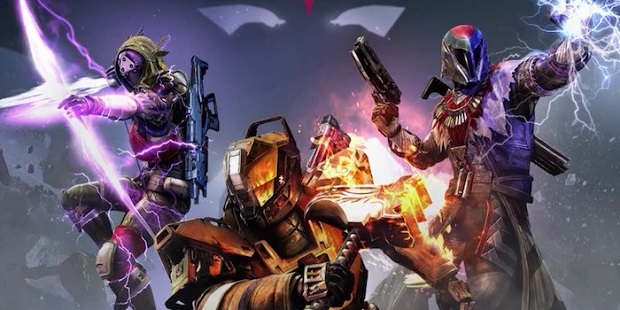 Destiny: The Taken King Review
Destiny: The Taken King Review